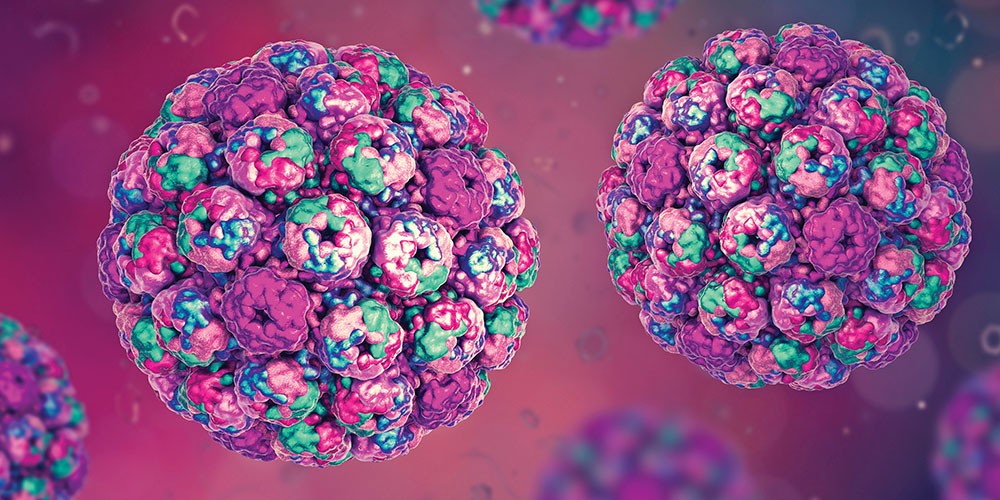Artificial intelligence (AI) has now made its way into the medical world. But it’s not as scary as it sounds. Most forms of AI are simply programs which have been developed to carry out very specific tasks–and they do them very well.
As part of my final-year project, I used AI to develop a program that can diagnose different types of brain haemorrhages. Brain haemorrhages are life-or-death situations where blood vessels in the brain burst and bleed into surrounding tissues, killing brain cells. Speed is key in preventing long-term brain damage, but treatment options depend on the size and location of the haemorrhage. This is when computerised tomography, or CT scans, come in.
Using X-rays, CT scans can image the brain in seconds. Last year, John Napier (another final-year project student) created an AI system to detect brain haemorrhages from CT scans. Building on this, I (under the supervision of Prof. Ing. Carl James Debono, Dr Paul Bezzina, and Dr Francis Zarb) developed a system to take the output from Napier’s system and further analyse the intensity, shape, and texture of haemorrhages to identify them as one of three types.

The AI was trained on 24 pre-classified CT scans. By presenting the scan image to the artificial neural network along with the answer, the system can take on the information and learn. This process trains it to become familiar with the types of haemorrhage. Two different structures of artificial neural network were used with 220 variants each–resulting in 440 variants being used to train and test the model.
Then it was time to test this system. Six scans were given as unknowns and the network successfully classified over 88% of the haemorrhages using only three of the 440 variants.
The purpose of this system is to verify radiologists’ diagnoses. However, we hope to develop it to diagnose haemorrhages, which would help treat patients faster. The system can be adapted to other illnesses–CT scans are commonly used to image the abdomen and chest. The applications, and life-saving potential, are endless.





Comments are closed for this article!